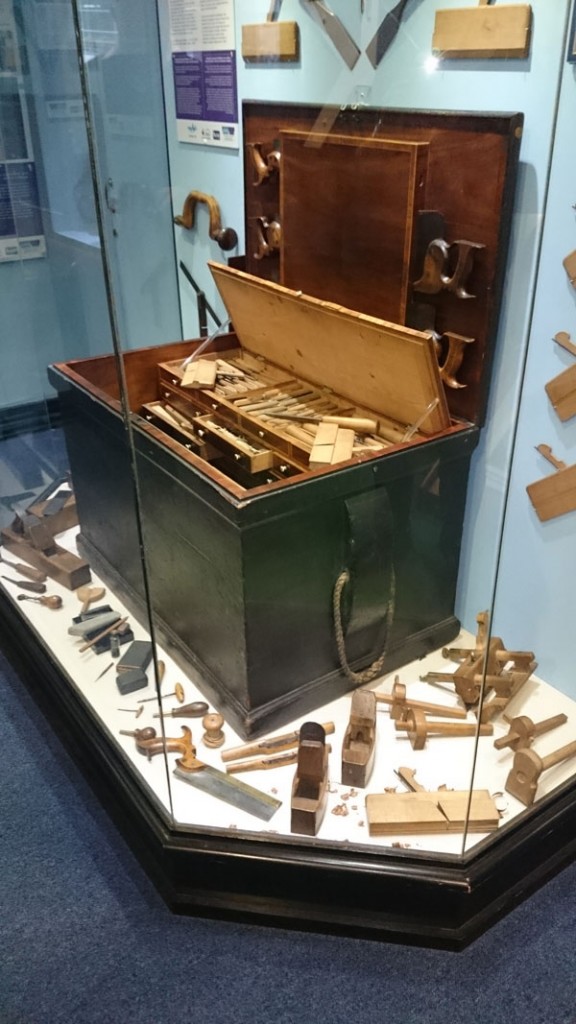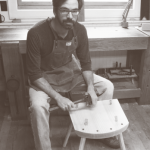We may receive a commission when you use our affiliate links. However, this does not impact our recommendations.
The first real tool chest that I built was based (loosely) on Benjamin Seaton’s famous tool chest that now resides at the Guildhall Museum in Rochester, England. Most woodworkers know it because of the famous book “The Tool Chest of Benjamin Seaton” – now in its second edition, and one of the core books for hand-tool enthusiasts.
Despite all my efforts and trips to England, I’ve never gotten to see the chest in person. So I was a bit envious when a friend of mine, Bengt Nilsson, sent me photos of the chest from his visit to the museum this month.
I’ve been studying his photos quite a bit. Though I feel like I know every tool in the chest, it’s a bit shocking to see new and different photos of them. I never quite understood how Seaton’s try squares were packed into the chest. Now I know they were cleverly hung on the front wall.
What’s particularly striking for me is how many tools Seaton managed to pack into the chest. I work out of a chest the same size and have only a small fraction of the tools in mine. That is by choice, of course, but it still boggles my mind to see how tightly fit everything is.
Also amazing: How new everything looks. Seaton is famous for not using his chest. After finishing its construction and filling it with a complete set of tools at the end of the 18th century, he turned his attention to being an auctioneer and an undertaker.
And, by several amazing twists of fate, his chest has survived the centuries nearly intact.
I’ve never been so happy about someone not taking up the craft in earnest. Take a close look at the photos. You might not ever be as close to seeing what tools looked like when they were new in the 18th century.
These photos only double my resolve to get my butt across the Atlantic to see the chest and tools in person.
— Christopher Schwarz
Here are some supplies and tools we find essential in our everyday work around the shop. We may receive a commission from sales referred by our links; however, we have carefully selected these products for their usefulness and quality.









Chris, thanks for the photos. One thing I have long wondered is whether the bench planes have strike buttons–the book doesn’t say. It’s hard to tell from the photo because of the way they’ve draped those irons over the planes, but I *think* the answer is no.
It’s also interesting the way the handles look like full-blown 19th century style–almost centered, and taller than earlier examples. Good stuff!
Chris, there are many other things to also see across the Pond, including people to visit, if you haven’t met them already.
When I look at a chest such as this and think of the sheer weight of the thing, filled to the brim, and then look at my own meager store of tools slowly coalescing into logical work/storage areas, even knowing it’s likely meant to be moved from one piece of work to another, I would be humbled but for one little thought.
That is, if I thought for one fleeting moment that the owner didn’t have a few, if not a crew, to move it from place to place, I’d check in at Bed’lam.
If you do go, hoist a pint of strong for me.